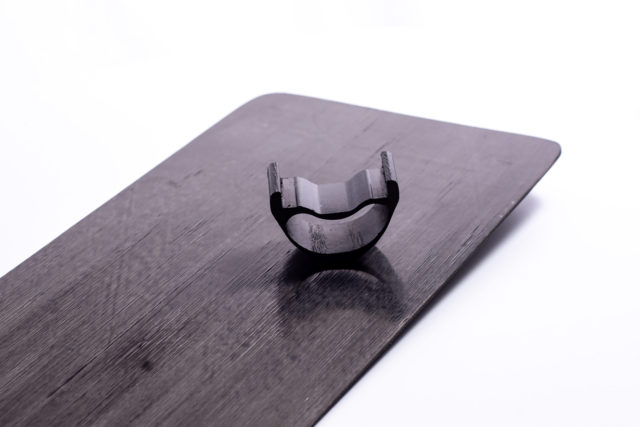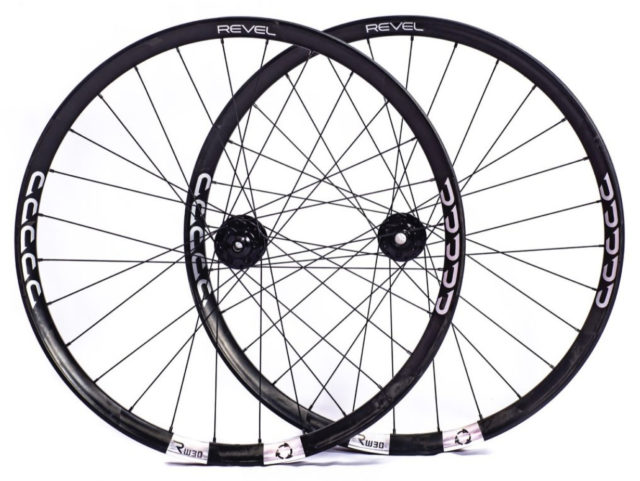TOPICS & TIMES:
- Materials & Adam’s background (2:20)
- Types of carbon fiber (5:57)
- Testing prototypes (13:20)
- What is Fusion Fiber? (15:37)
- Recyclability of Fusion Fiber (18:54)
- The claim: strongest wheels on the market (21:53)
- Development & production process (28:08)
- Other potential applications of Fusion Fiber (31:56))
- Environmental considerations (36:34)
Last week I sat down in Blister HQ with 28-year-old Adam Miller, who is the founder of Borealis Fat Bikes, Why Cycles, and Revel Bikes, and you can hear the whole fascinating backstory on our Bikes & Big Ideas podcast, episode #25.
Today on GEAR:30 we are airing the 2nd half of our conversation, where Adam dives deep into the details about Revel’s new wheels and this thing they’re using called “fusion fiber” — what it is; why Adam believes these wheels are the strongest on the market; their recyclability; their unique production process; other applications of fusion fiber, and more.
And you can check out our initial review of Revel’s RW30 Wheels.



Is fusion composite similar to the gorilla gear composite?
Yes, at a high level. They’re both robotically laid up carbon fiber in thermoplastic resins, as opposed to thermosets like epoxy as used in almost everything else on the market (for now…).
IIRC Guerrilla claims to have done significant work to figure out how to mold thermoplastics into the relatively complex and irregular hollow geometries required for a frame, whereas Revel would have had an easier go of it in that department.
The fact that they’re using a thermoplastic is what allows Revel to recycle their material by chopping and remelting, so I don’t know of any reason why Guerrilla couldn’t do the same. It’s probably worth noting that Revel’s recycling process isn’t “perfect” inasmuch as it takes you from an original piece with long fibers in controlled placement to one with much shorter fibers as randomly oriented bulk fill. In other words, you could use it to make stuff like levers, but not another wheel with equivalent properties.